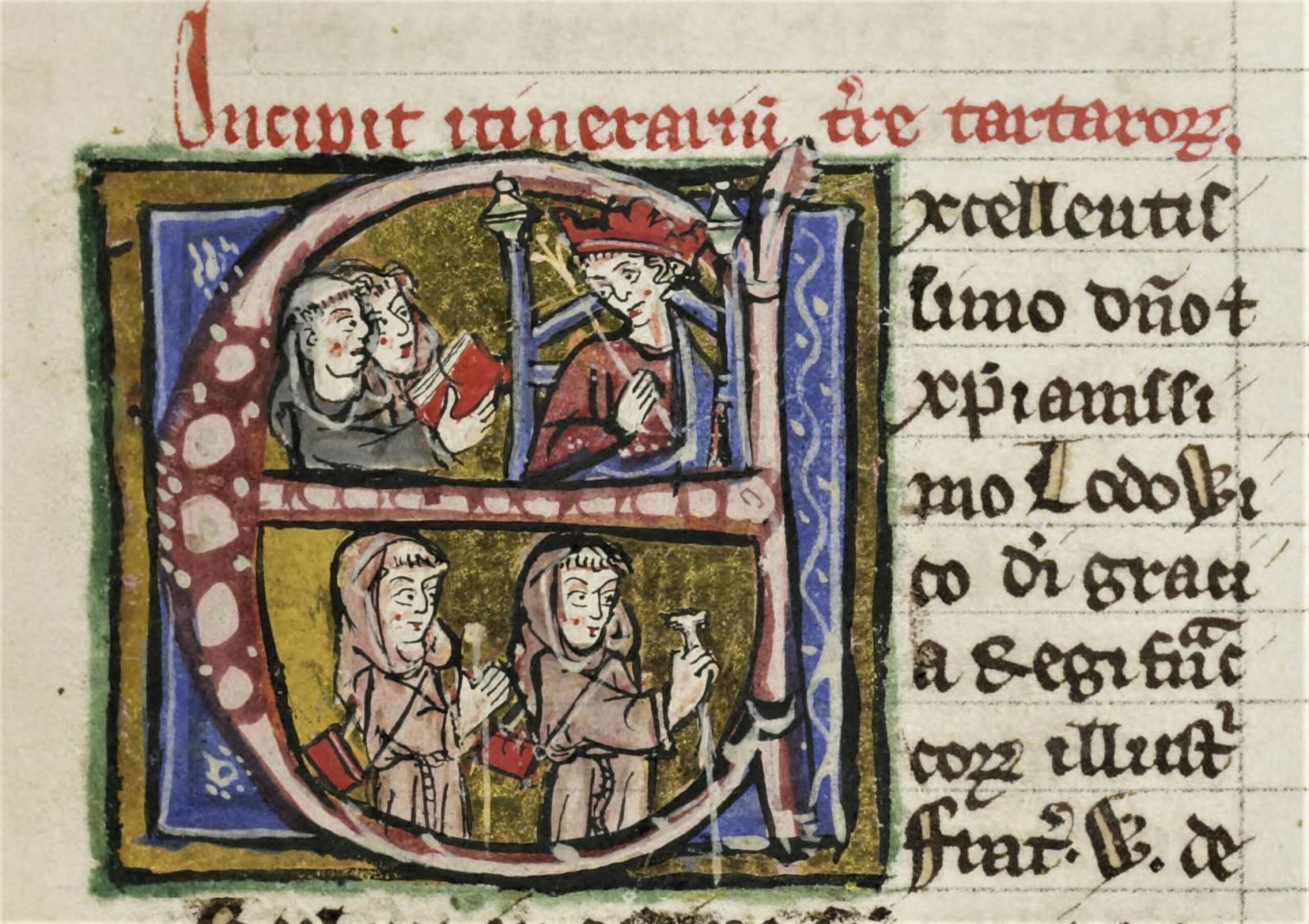Meanwhile, the main body of the army was besieging the great fortress city of Antioch, which finally was conquered by treachery after more than seven months. Antioch became the center of the second crusader state under the Norman Bohemond. The other crusaders then took Jerusalem by assault in July 1099. Godfrey of Bouillon was chosen “defender of the Holy Sepulcher.” The third crusader state had been founded.
Venetian, Genoese, and Pisan fleets now assisted in the gradual conquest of the coastal cities. In 1109 the son of Raymond of Toulouse founded the fourth and last of the crusader states, centering around the seaport of Tripoli. The king of Jerusalem was the theoretical overlord of the other three states but was often unable to enforce his authority. The Byzantine emperors never relinquished the rights that had been secured to them by the oath that the crusaders had made to Alexius.
The holdings of the Westerners lay within a long narrow coastal strip extending from the Euphrates River to the borders of Egypt, more than five hundred miles long and seldom as much as fifty miles wide. Danger constantly threatened. The Westerners failed to take obvious measures for the common defense. The great lords built superb castles at strategic places but often fought with one another, sometimes in alliance with neighboring Muslims.
The Assizes of Jerusalem record the governmental practices of the crusader states. The great officers of the realm were the officers of the king’s household: seneschal, constable, marshal, and the like. The high court of barons not only settled disputes but acted as council of state for the king’s business. The lords had rights of justice on their own fiefs. Police and civil cases were under the direction of viscounts, royal officers in the towns, and there were special commercial and maritime courts.
Revenues were raised by customs dues, by monopolies on tanning and similar industries, by a poll tax on Muslims and Jews, and by a land tax on the native population. Yet money was scarce, and the kings raided Muslim caravans or married rich wives in an effort to bolster their shaky finances.
Ecclesiastical organization was complex: The two Latin patriarchs of Jerusalem and Antioch each had a hierarchy of Roman Catholic archbishops and bishops subject to them, but Greek, Syrian, and Armenian churches continued to exist, each with its own clergy, in addition to the Muslim and Jewish faiths.

